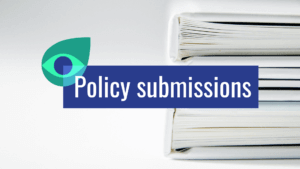The below table provides CMW’s recommendations concerning key Article 6 topics on which SBSTA is mandated to provide recommendations/guidance for adoption by the CMA at COP28. These recommendations build on a previous set of recommendations CMW had prepared ahead of SB 58.
To summarise, for Article 6.2:
- Sequencing: The 6.2 process should have clearly separated, consecutive procedural steps with implications not just for reporting, but also for issuance and transfer.
- Authorization: Authorization statements should be given prior to issuance, and should contain a minimum level of information for transparency. No revocations or revisions to the authorization should be allowed after transfer of ITMOs.
- Agreed Electronic Format: The AEF should contain publicly accessible and clearly structured information. Inconsistencies and other important information such as non-permanence risk should be flagged on the CARP.
- Registry: Unauthorized mitigation outcomes cannot be recorded in the international registry or AEF. Authorization is not optional in Article 6.2, and the reporting/review/tracking cycles concern ITMOs which must always be authorized.
- Inconsistencies: Inconsistencies should be flagged publicly, and corrective actions must be required based on their potential impact on environmental integrity and on accurate reporting. Parties should also further define inconsistencies (e.g. material vs non-material) and what qualifies as a persistent inconsistency (unaddressed after two reviews).
- Confidential information: There is no compelling reason for invoking confidentiality and it should be avoided or at the very least (publicly) justified. Unjustified confidentiality should have consequences and be deemed an inconsistency.
To summarise, for Article 6.4:
- Emission avoidance: Emission avoidance activities should not be considered under Article 6.4.
- Authorization statement: Authorization statements should be given prior to issuance to avoid double counting risks and reporting errors. The statement should also contain a minimum level of information for transparency.



